Even if you haven’t got an invite to the Oscars, your wardrobe could always do with a beautiful red carpet worthy dress…you know…for those extra special occasions.
Awards season is in full swing, and those stunning evening gowns are adorning the red carpet.
If you love sewing, and creating your own clothes, then why not make your own evening dress? Forget spending a fortune on dresses inspired by what celebrities wear, with a little bit of know-how and with the right pattern, you can make your own evening gown yourself.
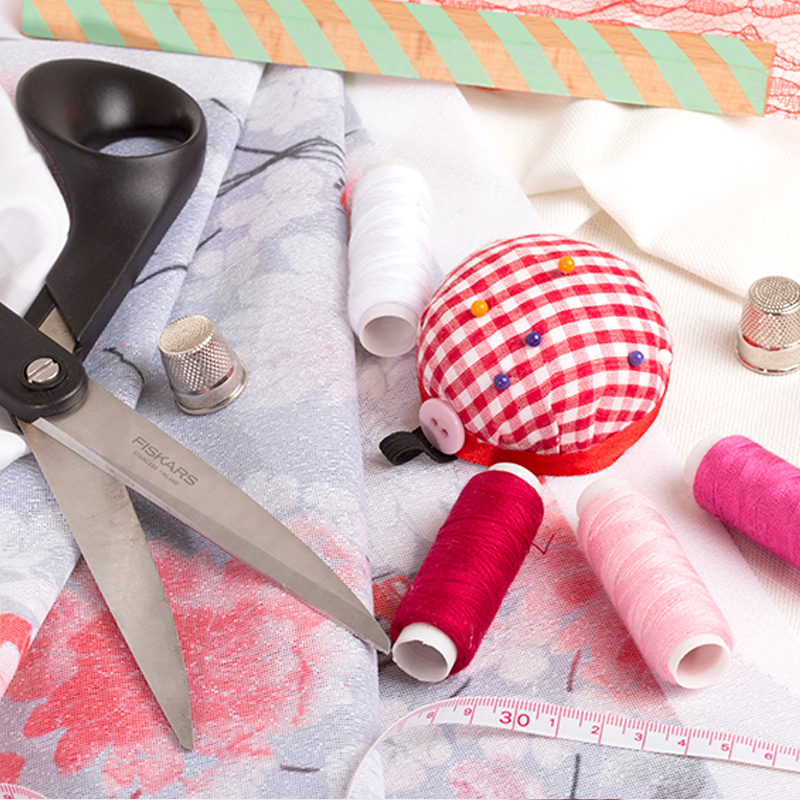
Why make your own dress?
Sometimes, we can find our dream dress, but there is something missing. Maybe the price point is too high, maybe the fit isn’t just right, maybe the print isn’t in the most flattering colours for your skin tone, or maybe the fabric doesn’t float your boat. The perfect dress starts with the perfect fabric, and when you make your own dress, you can choose exactly what fabric is best for you.
When it comes to evening gowns, think dreamy, elegant, ethereal, almost goddess like fabrics. Silk, satin, lace, organza, chiffon, these fabrics have been used to make show-stopping evening dresses for years, and with their natural beauty, elegant drapes, and exquisite femininity, it’s no wonder why.
Best fabrics for making evening dresses
To help you with your mission to create your perfect red carpet dress, we have selected the 7 best fabrics to assist you in your mission. If you are confused by all of the different fabrics available, and are unsure of what the difference is between organza and chiffon, or Georgette and tulle, then we are here to help.
Different fabrics suit different silhouettes and cuts. Remember to consider your fabric very carefully, to ensure that it is the right one for your perfect dress.
1. Velvet
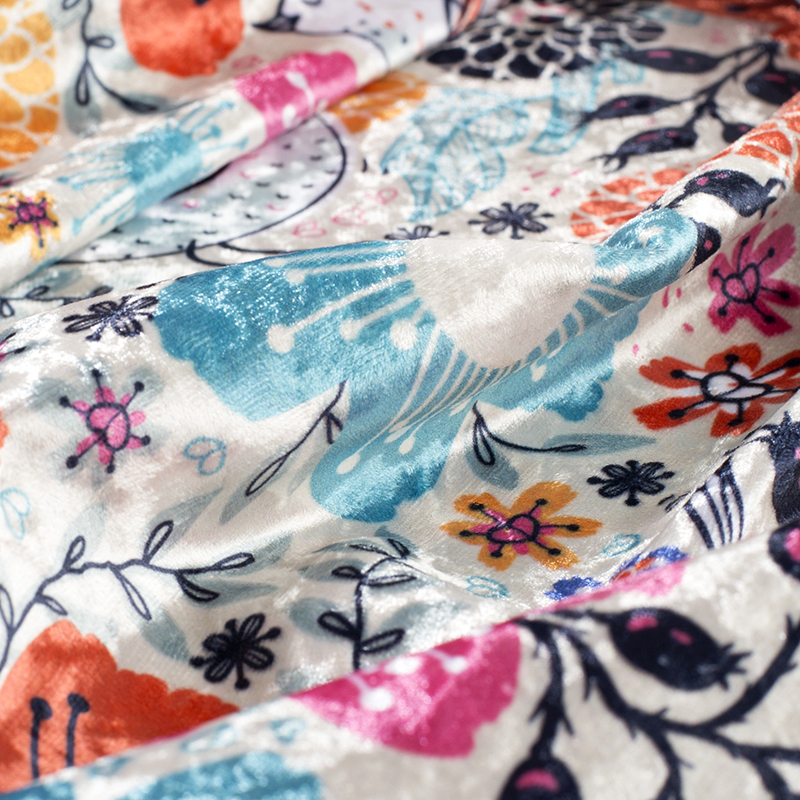
Velvet is a gorgeous choice for a red carpet worthy gown. The shine, the depth, the richness, the drama, all make this fabric perfect for a sexy, vampy, feminine dress. Some qualities we love about velvet include:
- A strong and beautiful sheen
- A soft and elegant drape
- A shimmering surface
- Very soft and textured to the touch
- Strong and durable
- Smooth and touchable
Velvet can be woven from silk or synthetic fibres. It has a short, dense pile and is most traditionally used for formal or evening wear, but the fashion industry has fallen in love with this rich fabric, and velvet fabric and clothing is becoming more and more popular.
Our choice – Marbled Velvet
Marbled Velvet is a contemporary take on a classic. This stylish and opulent fabric is soft and luxurious and has a unique pile, which goes in all directions. This creates a “marbled” effect, and allows the fabric to shift and change colours, depending on the light. If you are looking for a velvet with a difference, then try using Marbled Velvet to make your evening dress.
2. Chiffon
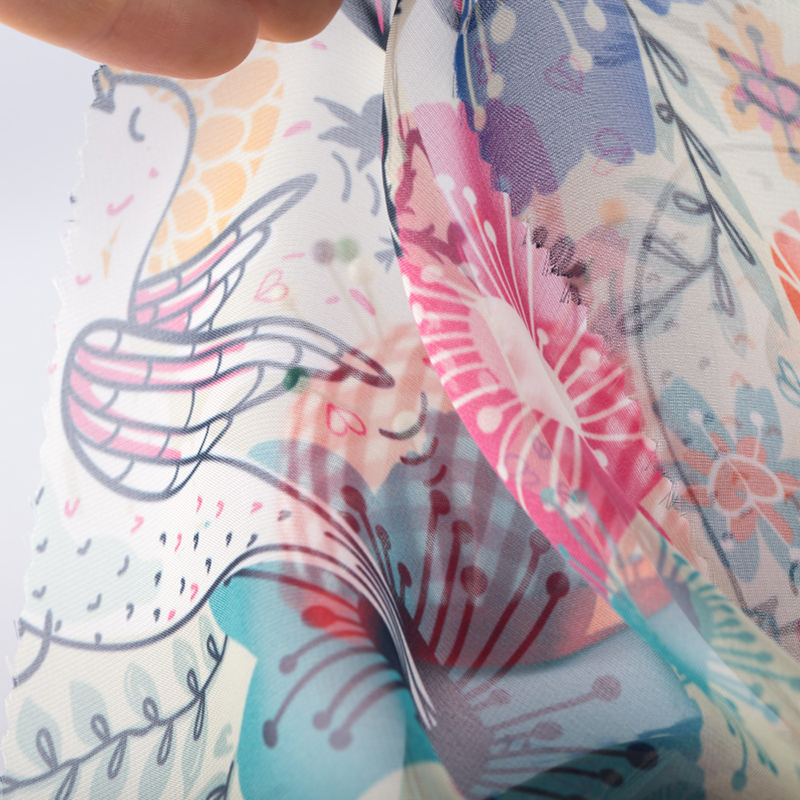
Chiffon is a beauty of a fabric, which is available in several different versions. It can be constructed from silk, cotton, rayon or synthetic fibres. It is a very fine and lightweight fabric, which gives a beautiful drape, making it an ideal choice for red carpet gowns. Some other unique chiffon characteristics include:
- A plain weave
- Made from loose and tightly twisted yarns
- Soft and supple
- Drapes and gathers well
- Fine and transparent
- Generally taut
Silk chiffon fabric is a popular choice for elegant and formal evening wear. Chiffon gets its unique handle from the twisted yarns in its construction. It is a mostly sheer fabric, which needs some practice to work with, thanks to its fine and thin nature. Nevertheless, it is worth it! Dresses made from chiffon look and feel so special and feminine; perfect for standing out at your next do!
Our choice – Paris Chiffon
Paris Chiffon is a soft and silky fabric, which is fine and light. Air passes through easily, making it ideal for formal summer dresses. This chiffon flows beautifully over the body and is slightly less see through than other traditionally transparent fabrics. Create a dress with a flowing skirt, to show off the pure beauty of this fabric.
3. Georgette
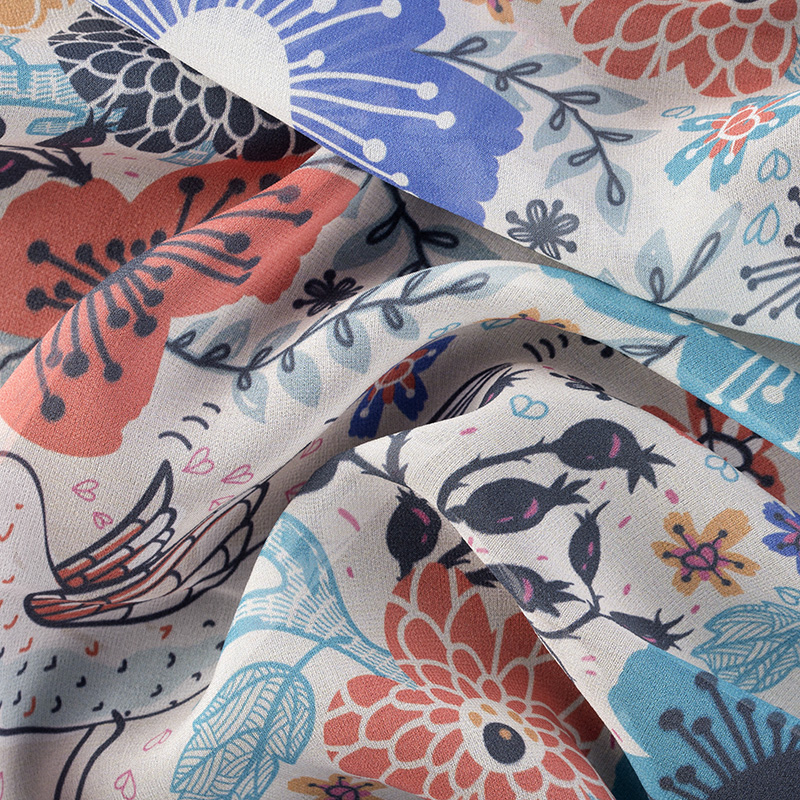
This lovely fabric is traditionally made with silk, but, it can also be made from synthetic yarns, such as polyester. It is a distinctive fabric, which has characteristics unique to itself, some of these include:
- A crinkly, crepe like texture
- Feels slightly rough and dry
- A bouncy, flowing drape
- Constructed from highly twisted yarns
- Has a tight weave
- Strong and holds up well to wear
Georgette is always a popular choice when it comes to making gowns and evening dresses. It holds up well to embroidery and applications, such as beads and sequins, although these should be kept light and to a minimum, so they don’t pull the fabric out of shape. Thanks to its springy nature, you can have a lot of fun creating flowing, feminine dresses.
Our choice – Poly or Silk Georgette
You can opt for a stunning Poly Georgette or a 100% Real Silk Georgette at Contrado. The poly combines the sheer beauty of a silk Georgette, with the durability and strong colour reproduction of polyester. It is soft, dry and strong, with the lightweight and sheer qualities of the real silk version. The silk Georgette is airy and delicate, and has a wonderful gossamer appearance, thanks to the very thin threads used in its construction.
4. Crepe

This woven, flowing fabric is always a popular choice, when it comes to elegant formal wear. With a tightly-woven construction, made from twisted fibres, crepe has a lot of wonderful properties, which makes it a favourite choice for dressmakers:
- A slightly creased/wrinkled appearance
- A grainy, textured surface
- Lightweight
- Matte face
- Flexible with a 2-way stretch
- A graceful drape
Crepe is known for its crinkled, or pebbled texture. This effect gives the fabric a lot of character, and, combined with its soft handle and stunning drape, crepe is a much loved fabric in the fashion world. Crepe is also easy to shape and work with, so when it comes to making your own dress, crepe is a great fabric to get started with.
Our choice – French Crepe Light
A double knit, custom crepe, which is constructed from highly spun yarns, French Crepe Light will give your dress a breathtaking drape and finish. It has a soft and silky handle, and, despite being quite lightweight, it holds shape well and has body. We love French Crepe for dressmaking, because it has a good 2-way stretch, so it is flattering and forgiving.
5. Satin
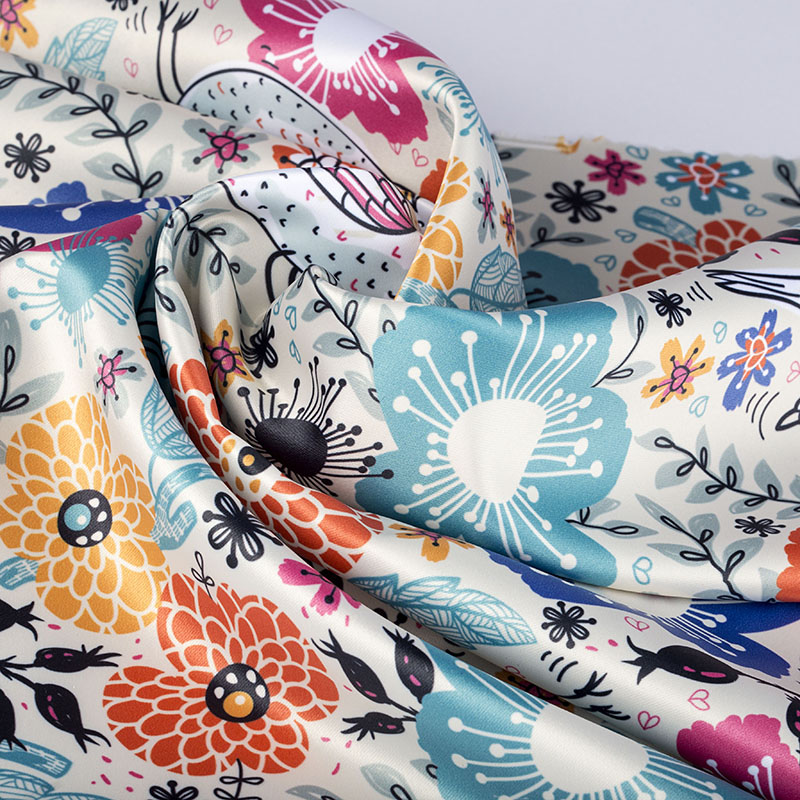
Satin is one of the most popular choices when it comes to formal evening wear. And it isn’t difficult to see why! This chic and opulent fabric has a wonderfully shiny face, which adds depth, movement and drama. Some other notable characteristics of satin include:
- A sleek and glossy face
- Woven fabric with a very specific weave
- Can be made from silk, cotton, wool, and synthetics
- Typically has a dull back
- Highly lustrous
- Used for fashion, furnishings, bedding and upholstery
Characterised by the specific satin weave – 4 or more fill or weft yearns, floating over a warp yarn or vice versa, 4 warp yarns floating over a single weft yarn – satin is instantly recognisable thanks to its glossy face and matt back. The light reflects, due to the floating yarns, and this lustrous appearance makes it ideal for red carpet worthy gowns. The light will bounce off of the fabric, creating an eye-catching look.
Our choice – Duchess Satin
With the classic shiny face, our beautiful Duchess Satin is our favourite satin for making a red carpet dress. The face is smooth and lustrous, composed of a tightly woven weave, which is attributed to satin. Duchess is soft and smooth, and will slip over your body in subtle, undulating waves.
6. Organza
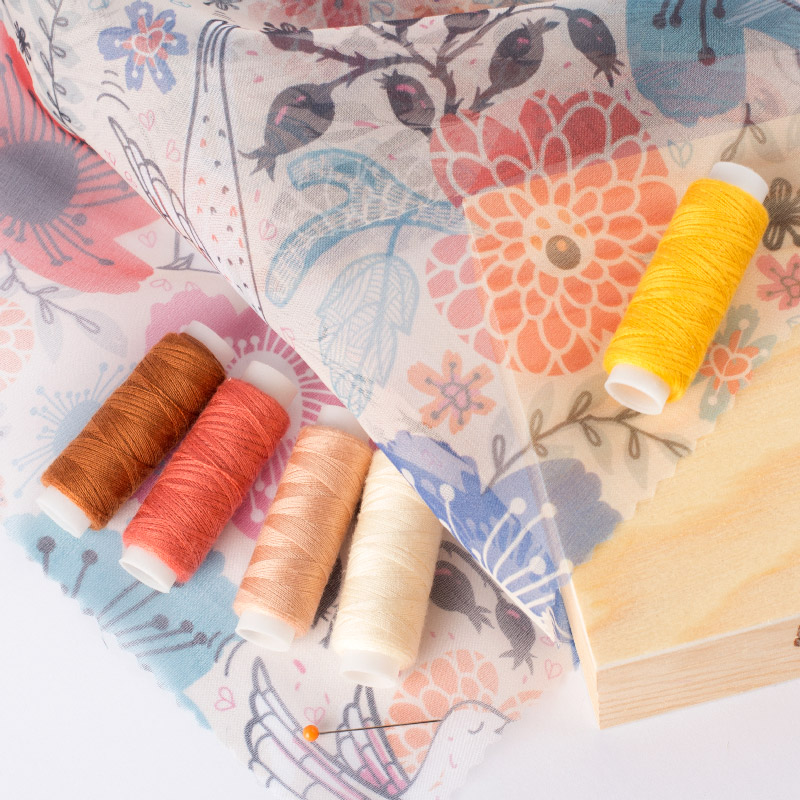
This fine fabric is crisp and lightweight, and ideal for adding that ethereal quality to evening gowns. Made from highly twisted yarns in a loose, plain weave, organza can be made from silk or synthetic fabrics. We love its delicate and dreamy appearance, as well as these other notable organza characteristics:
- Crisp and dry handle
- A wiry feel
- Stiff and transparent
- Thin and lightweight
- A fine texture
- A slight sheen
This distinct fabric can give your dress a real princess quality. It can be layered to create a waterfall of cascading organza, which subtly catches the light and holds its shape well. Organza can be used in all types of dresses, for most silhouettes. It is versatile and mixes well with other fabrics, to create a unique final piece. This romantic fabric can be made to look traditional or contemporary and it remains one of the best fabrics for evening gowns.
Our choice – 100% Silk Organza
This 100% natural silk organza is a dream of a fabric. It is ultra light, weighing just 24gsm, so it floats delicately like a feather. The construction of this organza is almost mesh-like and it is so sheer, that prints will show through on both sides. With its traditional crisp handle, you will hardly feel like you are wearing anything with this stunning natural organza fabric.
7. For something a little different – Neoprene
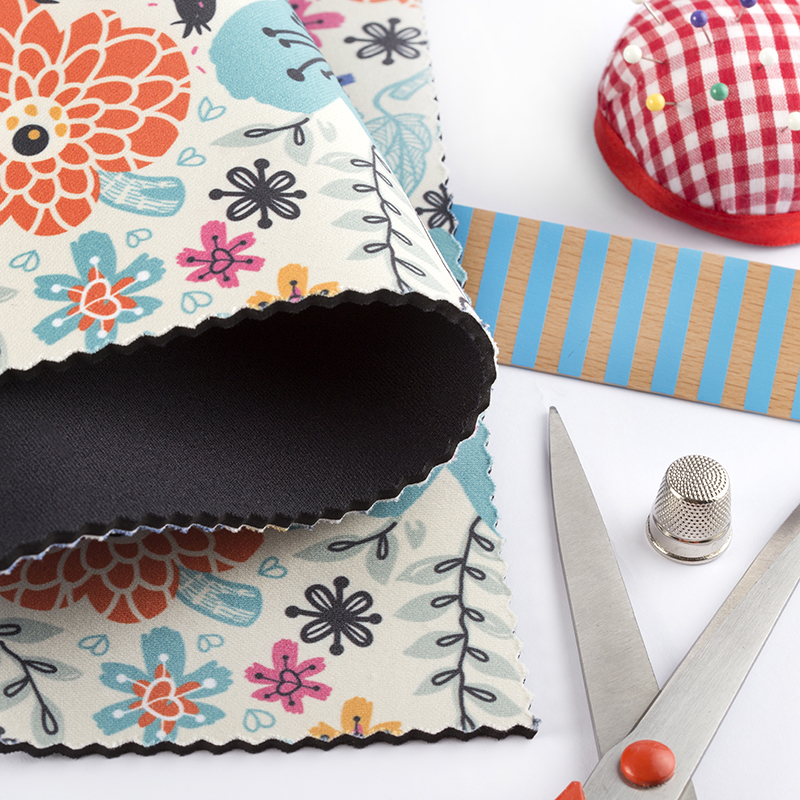
You might be a little thrown here. Neoprene? As an evening gown fabric? It is completely against tradition of the usual suspects, when it comes to formal evening wear, but that is why we love it so much! Neoprene has been becoming increasingly popular in the fashion world, breaking conventions and creating new and exciting apparel. Some of our favourite neoprene properties include:
- Soft and flexible
- Durable, and wrinkle resistant
- UV resistant
- Insulating
- Smooth and sculptural
- Adds shape and moves with the body
Fashion designers are always on the look out for innovative fabrics to work with, and neoprene, also known as scuba fabric, has been growing ever more popular over the last 2 decades. The challenge is to make it look as elegant as traditional fabrics, while championing its contemporary characteristics. From Marc Jacobs to Louis Vuitton, Yamamoto to Miu Miu, and Alexander McQueen to Fendi, designers are accepting this challenge and walking away with stunning results.
Our choice – Neoprene or Scuba
Our Neoprene is solid, flexible and easy to work with. It is relatively thick; 2mm after printing, and is completely black out. The highly spongy nature is easy to manipulate into bold, structural shapes. For something a little thinner, Scuba is a great choice. This is a heavy weight, weft knitted fabric, made with spun yarns. It has a built in 4-way stretch and is thick and spongy, with a soft and flowing feel. The drape hangs well and it retains its original shape, even after being manipulated. Both of these fabrics would make a powerful statement when it comes to making an evening dress, but one, which will definitely turn heads.
For more options for evening gown fabrics, check out our collection of over 100 customised fabrics.
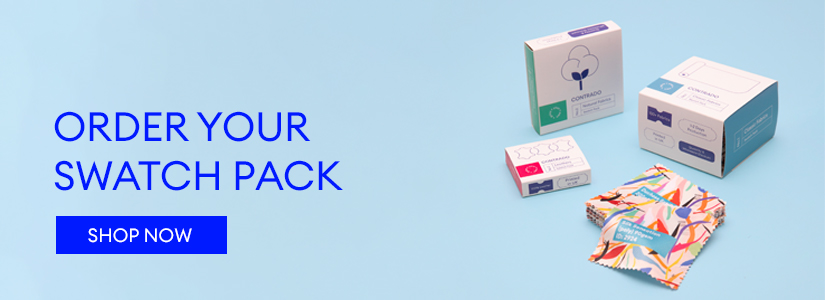

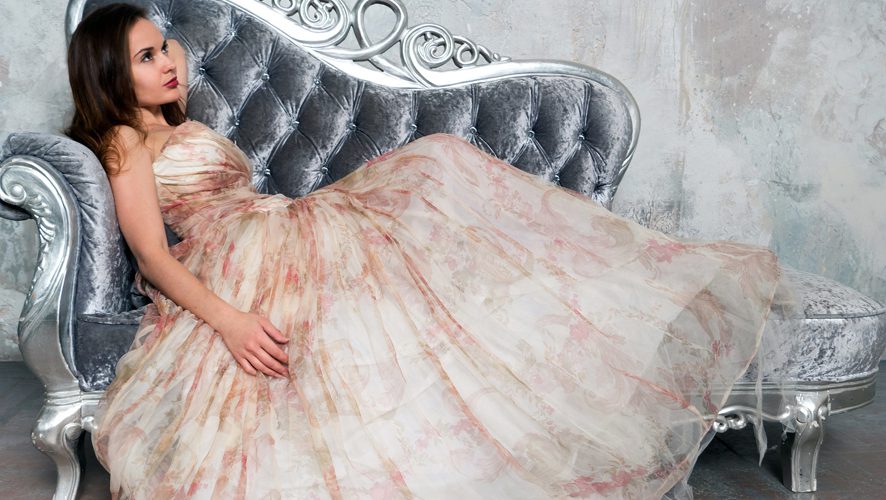
I wanted to thank you for this amazing read!!
I definitely loving every little touch of it I have you bookmarked to check out new
stuff you post.
Hi,
I read all types of fabrics from khatau. I really thankful to you for the variety of Fabrication information. I love the all materials, designs and patterns. Dreamy texture, wow, fabulous colours. Really I love the look your brands.
Hi Claire, I want to stitch a simple A-line prom dress which should b a little fluffy to give that elegant look.but should not be too fluffy that Im unable to handle it. It should be comfortable one. Which fabric should I use?
Hi Tina, thanks for your comment. To create an A-line skirt with a lot of body, why not create layers under the skirt? We would recommend fabrics such as tulle or organza to get that elegant body and lift, that would take a plain A-line dress from drab to fab! Let us know how it turns out. Claire
hi miss Claire I’m from Philippines. can I ask the materials for making a long gown. I wanted to have my own design and I wanted it to be special . thanks.
Hi Loids, what sort of gown are you looking to make? Silk, chiffon and crepe de chine all make wonderful choices for more formal gowns, while jerseys are lovely for a more casual look. Have a look at our dress fabric page, and you can learn a bit more about each one 🙂 https://www.contrado.co.uk/dress-fabric
Hy Claire. I wntd to stich a simple yet gorgeous gown. Can u please guide some designs and materials
Hi Shifa, thanks for your comment. The fabrics and patterns you choose completely depend on the style of dress you are looking to make. This can help give you some ideas, or, let us know what kind of dress you want to make and we can give you some more suggestions 🙂 https://www.contrado.co.uk/dress-fabric
Hi there, i know this is a late comment to the post but i’m new to dress making and learning about different fabrics. I’ve recently ordered some burnout chiffon (thats all i know about the type of material). I want to make my own dress for a wedding in November and on a whim, ordered 12m of this fabric from ebay! Anyway, as its a winter wedding and because the material is sheer, i’d like to add a lining. What lining would you recommend for chiffon? I’ve seen a few posts online saying silk crepe de chine or silk twill, would cotton voile also be ok? I used that to line a skirt i made from viscose that was lying around and it worked out ok! Any help would be great. Thanks, Shanna
Hi Shanna, thanks so much for your comment. All of those suggestions would work beautifully for lining fabric. If it helps, we have a lining fabric category that could give you a few more options. Natural fabrics such as silk are always a winner! Please make sure you share a photo of the final dress with us 🙂 we’d love to see it! https://www.contrado.co.uk/lining-fabric
Hi Clare, I want a summer maxi dress that had a shine like satin but not that shiny and has some flowing ability. What do you suggest.
Hi Pamela, thanks for your comment. Are you looking for a natural or a synthetic fabric? We have a 100% real silk satin that is so elegant. It has a slight lustre to it thanks to the satin weave. Monroe satin also has a lovely shine, that is gentle and not too over powering. Both fabrics have lovely drapes. You can have a look at our dress fabric page, which should give you lots of inspiration 🙂 https://www.contrado.co.uk/dress-fabric
Hi Claire l want to design a gown for my sister’s holy communion. So can you say which material would be best for white gown.
Hi Sini, thanks for your comment. It really depends on the style of dress you want to make – for example, a jersey would make a lovely and breathable dress, which would be soft and a little more casual. You could create a dress from silk or satin for a more formal look, and perhaps include lace to create a unique finish. Why don’t you take a look at our dress fabric page for some more inspiration? https://www.contrado.co.uk/dress-fabric Thanks so much and let us know how you get on 🙂
Hi Claire,
Where can I buy beautiful fabrics? There used to be a store in Addison (Dallas-ish), TX that carried exquisite fabrics from around the word, but it closed several years ago. I have no idea where to look for the no-expense-spared fabrics they carried. Where are these stores, now?
Hi Carla, thanks for your comment. I’m afraid we can’t help you with that particular store, but we carry 100 different fabrics, that can all be custom printed to feature any design you want. Take a look: https://www.contrado.com/all-fabrics
Hi… I want to make long skirt or bridal lehnga out of woven zari silk fabric also called moonga silk in india. What kind of pattern to give for good fall
I’m making a wedding dress where the skirt is going to be either Georgette or chiffon. It’ll be white. I’ve had a bit of experience before with fine fabric but had trouble lining white as using a standard lining fabric you could still see the outline of underwear. What do you suggest as a lining that will allow the main skirt still to be floaty.
Thanks
Love your content. Combines dressmaking knowledge with simple understandable descriptions and teaching. Thank you!
Question: my daughter gets married in December (in Arizona, USA – classic cowboy country! It is warm here by UK standards but as the sun goes down, our dry air r makes the temperature drop. Bridesmaids (& the bride) (all “20 or 30 somethings) have bare shoulder or off-the-shoulder long gowns. Bride in cream with hint of blush and Maids in deep blue. The ladies are concerned about something to cover their arms (during the outside wedding and at evening reception). My idea was a stole of crushed velvet lined w either satin, sateen or chiffon
For Attendants and something long & soft, somewhat sheer for the Bride in cream. Maybe like a silk chiffon. Would crushed velvet or the marbled velvet you describe be best for stiles for the bridesmaids and what to line them? What would you suggest for the bride? She wants to preserve the effect of her dress (of course) but the outdoor, dusk temperatures might have her shivering which is NOT the memory I want for her.
I know I could do the work but would love your thoughts.
Thank you. Mama P.
Hi Claire, I’m conflicted on what fabric choice to make for my client,she’s s light skinned African with a beautiful hourglass figure and the dress should flaunt her curves and drape at the same time. I’m specifically needing a royal color too.
Hi Claire
1. What is the fabric of the dress in the following link?
2. And what fabrics are the best for this kind of dresses? i mean doing embroidery, beading and attaching crystals.
3. What brands/manufacturers have that type of fabric with good quallity? Do you have any recommendation?
4. When using mesh for chest part in dress, what fabrics are suitable to use inside? When doing embroidery or beading on the mesh, some parts of body (human body) is visible and that’s quite unconfortable.
5. last question ;). What fabrics do people use when they are sewing dress with no straws? Kinda nothing on the shoulder to keep dress but dress still don’t fall. I wonder. Any tips for that?
Thanks in advance
can polyester materials be used for prom dresses?
Hi I want to make this dress…! its said to be made of silk do you know where I can find such a fabric in THIS Baby Blue colour or something very similar its the colour I particularly like.
Caroline
Hi! Can I make a clasic mermaid dress with velvet? Or can you recommend the best one for a mermaid type gown? Thank you!
Hey ! Can anyone please suggest me some replacement for rexine and leather?
Hi Claire. I wanted to stitch a mermaid type fit & flare gown with a small slit down. Can u pls tell me which would the best material? I wanted to make it like a 2 toned or something like..a light/bright color at top, gradually fading to a darker colour. Also could u pls tell me which type of necklines look good?
hey I want to make a dress for my prom i dont know what material is suitable and will give a elegantlook
and I also want to wear an all black jumpsuit with no patterns for my graduation what material do you suggest I use?
Hi there! I was wonder, can you make a skirt with just chiffon? Or will it be seethrough if I do it on a light color? ( think silvery gray)
Hi Claire!
I would like to know which fabric is best for beading embriodery? I want to design my sister’s wedding gown? i desire the fabric to be soft, light and durable? plz help
Hi claire I would like to make gowns for my bridesmaids in burgundy, what material would you recommend